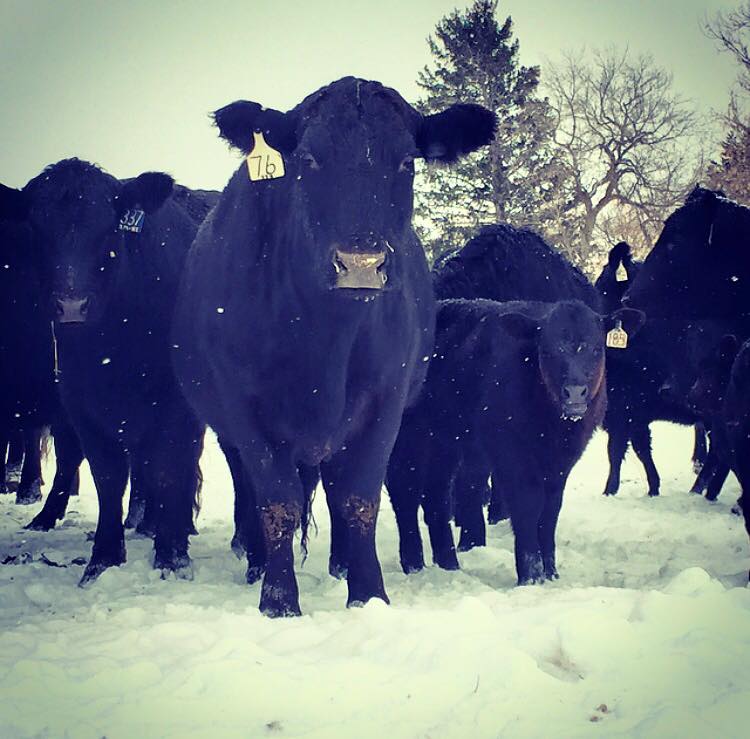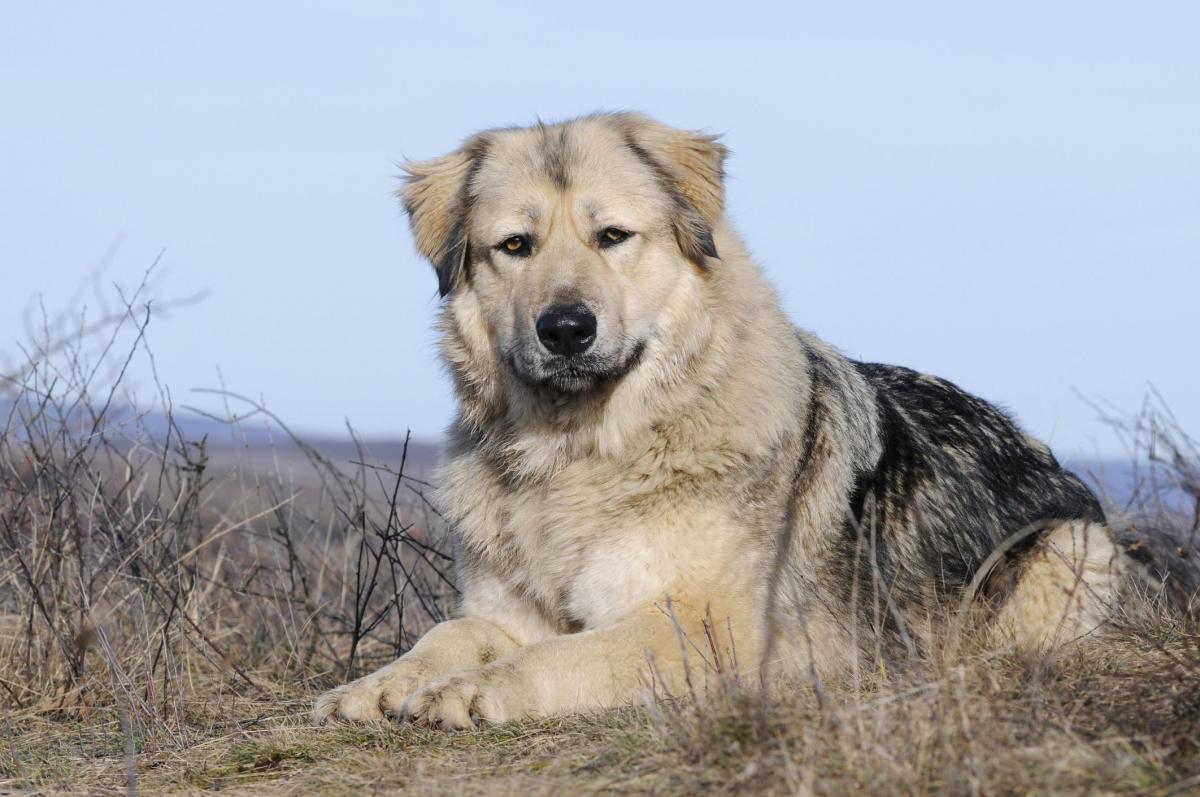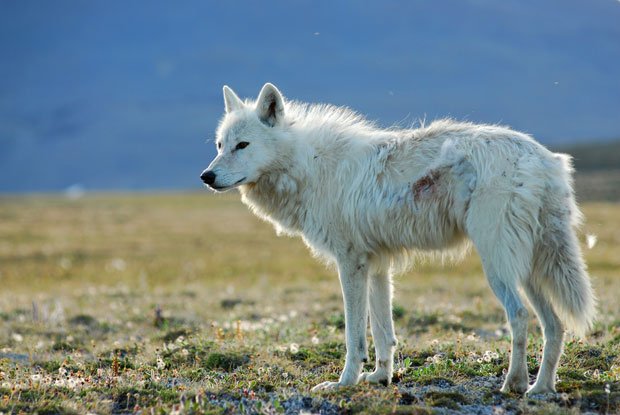Wolf predation of livestock: A First World problem and with important lessons about prosperity
By: John A. Baden, Ph.D.Posted on January 25, 2021 FREE Insight

Beautiful and valuable registered cows from Bozeman’s Hyline Angus Ranch are grazing our ranch. These cows are on winter range and usually out of sight. Weighing over half a ton, 1,250 pounds on average, a 30-pound coyote poses no risk. However a large white wolf is on the prowl. This presents a First World problem.
America is sufficiently prosperous to care about saving wolves in the wild. Predators in Third World countries are killed; it's a matter of survival for people living on the margin of subsistence. Animal protein is precious, something to protect. People living in survival mode kill predators to save the community's cows, goats and sheep. Animal protein, eggs, milk and meat, is especially valuable. And predators evolved to capture and devour these sources.
Conservationists are always experimenting with novel ways to protect wildlife, without damaging the sustainability of local communities. In 1976, Prof. Ray and Lorna Coppinger of Hampshire College created a Guard Dog Project to protect African leopards. Leopards were killing livestock and natives killed the leopards. Coppingers successfully experimented with guard dogs to keep the threatened leopards away. 
In Montana, we save predators like wolves and mountain lions -- or at least are careful about killing them.
In 1973 wolves were given protection under the Endangered Species Act. With a substantial population rebound, ESA protection was revoked in October 2020. It's no longer a crime to kill wolves molesting your livestock. However, an Oregon State University study published in 2017 reported PTSD in herds of cattle: "Cows that have witnessed wolf attacks display physical signs associated with post-traumatic stress disorder."
When sensing nearby wolves, cows are uneasy. They eat less, are less likely to have calves, produce less milk, and wean lighter calves. They are generally uncontented cows and harder to manage. The conclusion is straightforward, wolves and cows are not complements, even when the wolves are not killing cows. Ramona and I experience this problem when providing range, water and feed for cows. This logic applies also to sheep.
Most lives do matter. And then what: What are the implications of this admonition -- or is it a commandment? Either way, it's a vexing problem, especially when a country is so prosperous that charismatic predators become widely valued -- but not for their fur.
In addition to Hyline Angus cows, we are also wintering lambs, 130-pound hoggets actually. (What’s a hogget you city folk ask? These are juvenile sheep 1-2 years old.) They are in a small pasture near our home, just south of our pavilion. The cows come down to water adjacent to this pasture, drinking a little over 100 yards from our south deck. I enjoy watching both groups of these beautiful animals.
There's also a group of three coyotes hanging around. I like watching them hunt mice under the snow. How do they find snow-covered mice? However they do it, evolution has worked wonders. Coyotes who can't find mice when other food is scarce are less likely to survive a Montana winter. Evolution is a fine filter.
Coyotes won't harm the cows but over the years they’ve been responsible for significant sheep and lamb losses. Hence, I keep a CZ bolt action .223 rifle with a Leupold AR scope by the door to our deck. I sighted it in for 150 yards. (Bears also occasionally kill sheep in the fall as they fatten up for hibernation but that's months past and a different issue.)
Coyotes are smart -- and timid in the wild. I've used this rifle to scare off coyotes. When seeing one, I pick up the rifle, step onto the deck, steady the rifle, and shoot a well over the coyote. It immediately turns and runs into thick brush and trees. My goal is to scare coyotes away, not kill them. Were they actually killing little lambs, it'd be a different story. We have obligations to be good shepherds.
The white wolf presents a hard problem: What would I do if it ventured into a near pasture and threatened a calf. It'd be well within range, a rifle is handy, and I'm sighted in. Surely hope I don't find out. This is a First World, prosperous country problem. The situation would be far different here a century ago. Cultures and economies evolve in complex and interesting ways.

What a treat to live in the Gallatin Valley, especially in 2021! Montana is the most remote of the lower 48 states but the cost of distance has greatly declined, and on net becomes negative. We are insulated by space while important benefits are the norm -- think of medical care and luxuries. Concurrently, densely packed places are increasingly dangerous. Naturally, we witness a new land rush to the "Last Best Place".
Life at the intersection of liberty, ecology and prosperity is a rewarding adventure -- and there are increasing strong reasons to experience it. Coyotes, wolves and hoggets are a delightful part of the mix. Enjoy, respect and help preserve America, and especially Montana.

